Architectural travel: a guide to Sub-Saharan Africa
Architectural travel gets easier and more exciting, be it in person or from your sofa, with this epic seven-volume guide to Sub-Saharan Africa

This new seven-volume set of architecture books and guides is not just a boon to the armchair traveller, but a vital counterpoint to the modern architectural debate. Following years of research, editors Philipp Meuser and Adil Dalbai have set about re-educating the rest of the world about the huge variety and scope of architecture on the African continent – and architectural travel in the region.
The figures speak for themselves; in addition to enlisting 350 collaborating authors (contributing 200 essays on every single facet of architectural culture), the books run to a total of 3,412 pages and include a total of 850 buildings and projects in the 49 countries of Sub-Saharan Africa.

Lideta Mercato Shopping Centre, Addis Ababa, Ethiopia, designed by Xavier Vialta.
Many architectural commentators and publications, Wallpaper* included, can probably admit to being less than perfectly well informed about the debates, differences and diversity of African architecture. The huge scope of the work is apparent in the series’ scale, for Meuser and Dalbai cover everything from traditional vernacular architecture through to colonial interventions, diplomatic ventures, indigenous modernism and the various manifestations of religious architecture in all its forms, from massive Catholic cathedrals to mosques. While recent years have seen a resurgence of interest in, say, the modernist architecture of Ethiopia (an import from the nation’s days as an Italian colony), or the art deco and Bauhaus-style architecture in Burundi, these books contain countless other examples.
Ultimately, the Sub-Saharan Africa Architectural Guide is not just a gazetteer, but an informed investigation of the state of African architecture today. The contemporary works on show demonstrate the growing scope of engagement with architecture and building design right across the continent, while the essays provide essential context. Along the way, there are examples of work that address Africa’s challenges with urbanism, sprawl, and shanty towns, with new approaches to self-building, pre-fabrication, community architecture and re-engagement with traditional methods and styles. Highly recommended for any form of architectural travel and anyone seeking a better insight into built culture in all its forms.
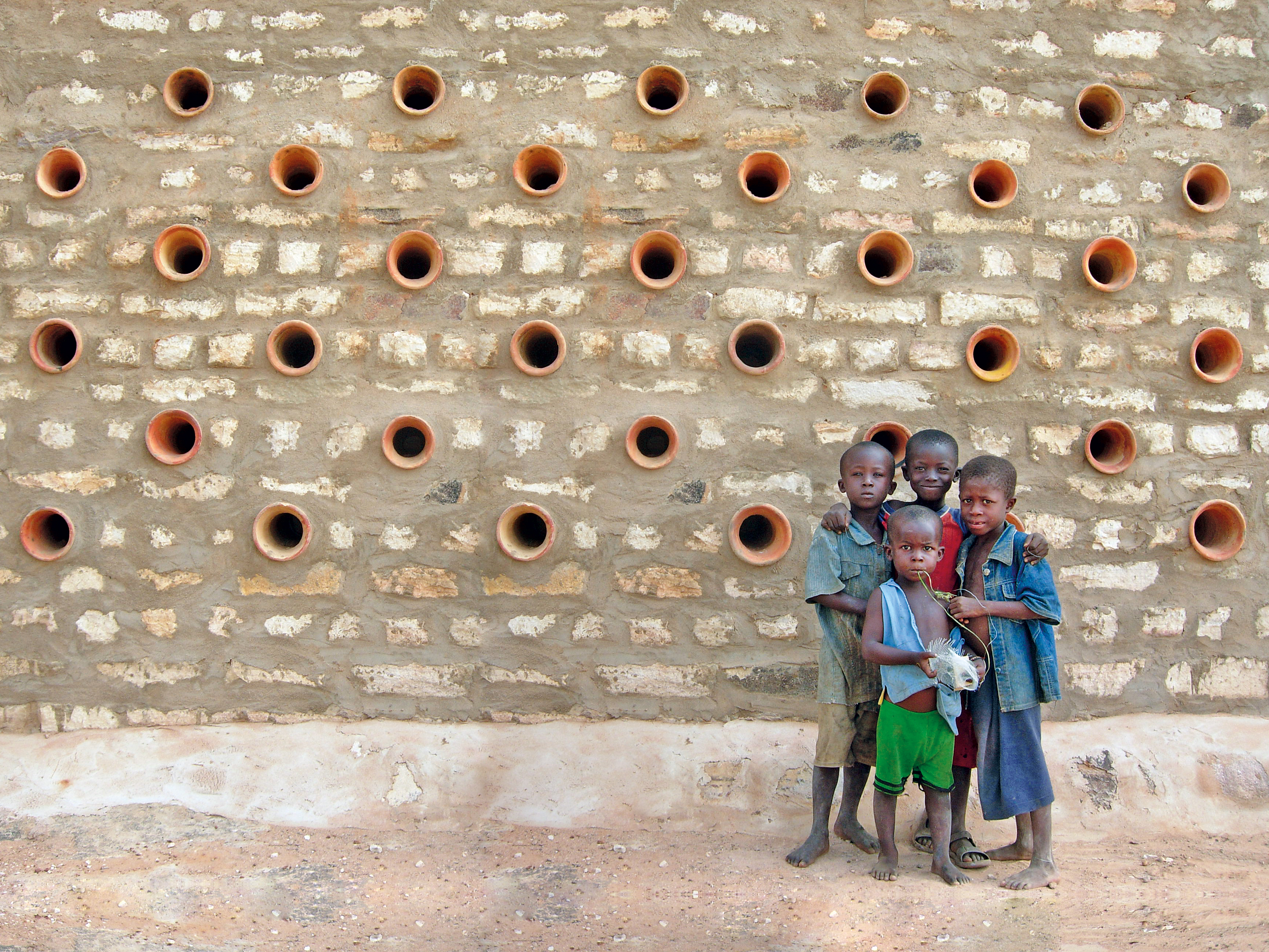
Naturally ventilated warehouse, Mopti region, Mali.

Traditional thatched roof huts, Zimbawbe.
INFORMATION
Sub-Saharan Africa Architectural Guide, edited by Philipp Meuser and Adil Dalbai
DOM publishers, €148
Receive our daily digest of inspiration, escapism and design stories from around the world direct to your inbox.
Jonathan Bell has written for Wallpaper* magazine since 1999, covering everything from architecture and transport design to books, tech and graphic design. He is now the magazine’s Transport and Technology Editor. Jonathan has written and edited 15 books, including Concept Car Design, 21st Century House, and The New Modern House. He is also the host of Wallpaper’s first podcast.
-
 Modernism for sale: a Norman Jaffe-designed icon on Shelter Island hits the market
Modernism for sale: a Norman Jaffe-designed icon on Shelter Island hits the marketThe Osofsky House epitomised the glamour of high-end 70s modernism on Long Island. Now updated and refurbished, it’s back on the market for the first time in over two decades
-
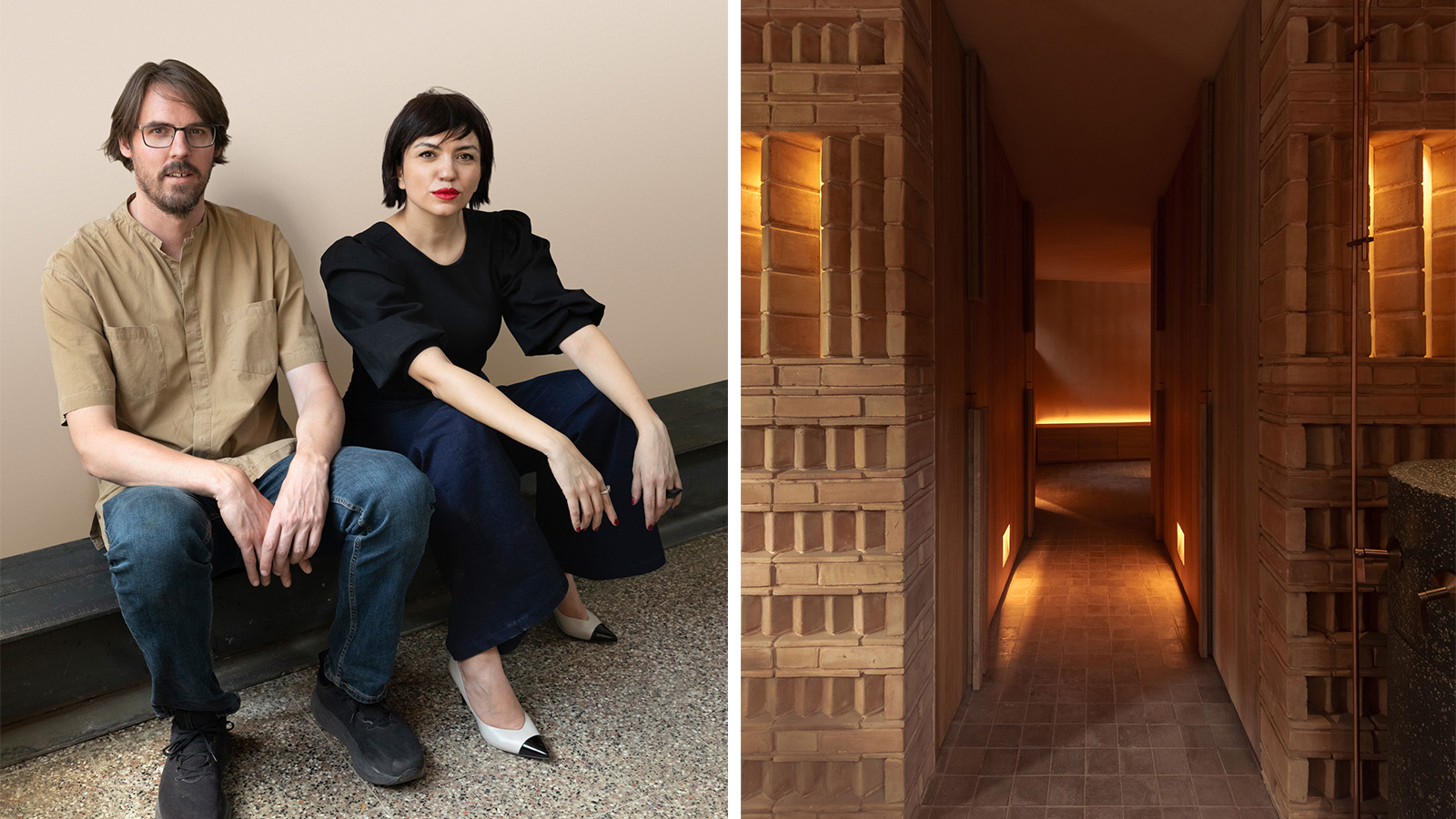 Discover Locus and its ‘eco-localism' - an alternative way of thinking about architecture
Discover Locus and its ‘eco-localism' - an alternative way of thinking about architectureLocus, an architecture firm in Mexico City, has a portfolio of projects which share an attitude rather than an obvious visual language
-
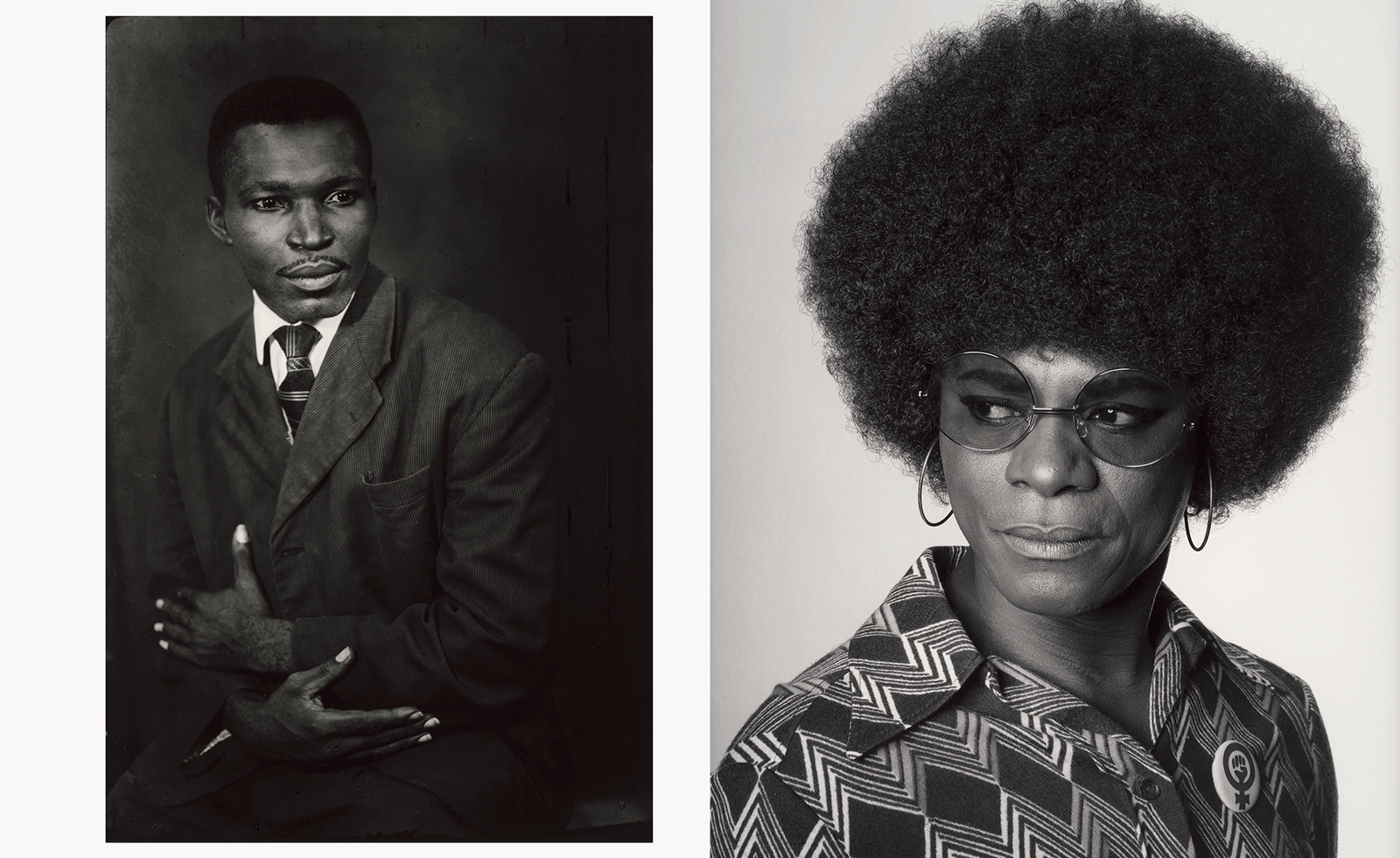 MoMA celebrates African portraiture in a far-reaching exhibition
MoMA celebrates African portraiture in a far-reaching exhibitionIn 'Ideas of Africa: Portraiture and Political Imagination' at MoMA, New York, studies African creativity in photography in front of and behind the camera
-
 David Kohn’s first book, ‘Stages’, is unpredictable, experimental and informative
David Kohn’s first book, ‘Stages’, is unpredictable, experimental and informativeThe first book on David Kohn Architects focuses on the work of the award-winning London-based practice; ‘Stages’ is an innovative monograph in 12 parts
-
 Explore Tom Kundig’s unusual houses, from studios on wheels to cabins slotted into boulders
Explore Tom Kundig’s unusual houses, from studios on wheels to cabins slotted into bouldersThe American architect’s entire residential portfolio is the subject of a comprehensive new book, ‘Tom Kundig: Complete Houses’
-
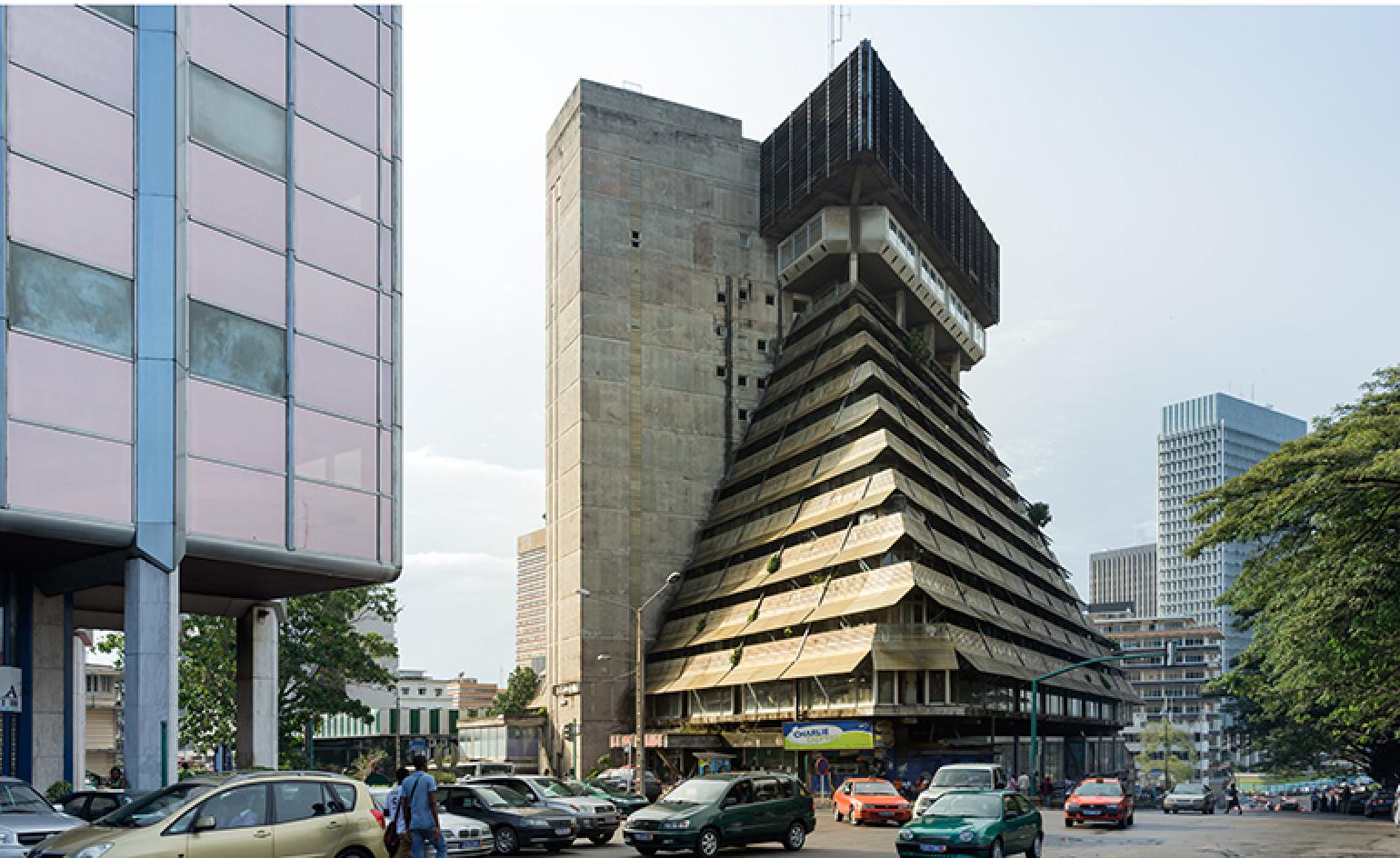 African brutalism explored: from bold experimentation to uncertain future
African brutalism explored: from bold experimentation to uncertain futureDiscover the complex and manifold legacies of brutalist architecture in Africa with writer and curator Fabiola Büchele
-
 A new photo book explores the symbolic beauty of the Japanese garden
A new photo book explores the symbolic beauty of the Japanese garden‘Modern Japanese Gardens’ from Thames & Hudson traces the 20th-century evolution of these serene spaces, where every element has a purpose
-
 Modernist Travel Guide: a handy companion to explore modernism across the globe
Modernist Travel Guide: a handy companion to explore modernism across the globe‘Modernist Travel Guide’, a handy new pocket-sized book for travel lovers and modernist architecture fans, comes courtesy of Wallpaper* contributor Adam Štěch and his passion for modernism
-
 Wild sauna, anyone? The ultimate guide to exploring deep heat in the UK outdoors
Wild sauna, anyone? The ultimate guide to exploring deep heat in the UK outdoors‘Wild Sauna’, a new book exploring the finest outdoor establishments for the ultimate deep-heat experience in the UK, has hit the shelves; we find out more about the growing trend
-
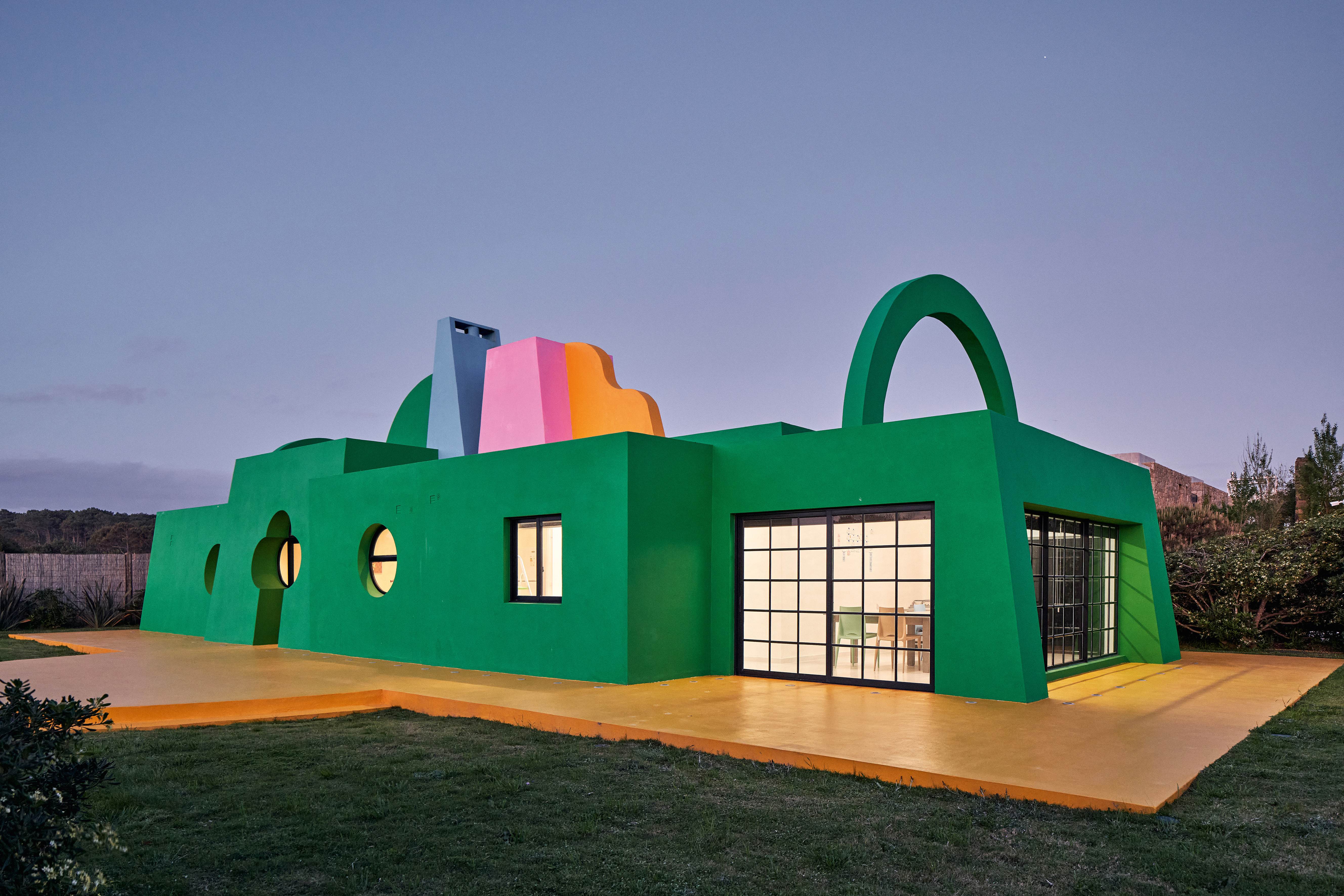 Ten contemporary homes that are pushing the boundaries of architecture
Ten contemporary homes that are pushing the boundaries of architectureA new book detailing 59 visually intriguing and technologically impressive contemporary houses shines a light on how architecture is evolving
-
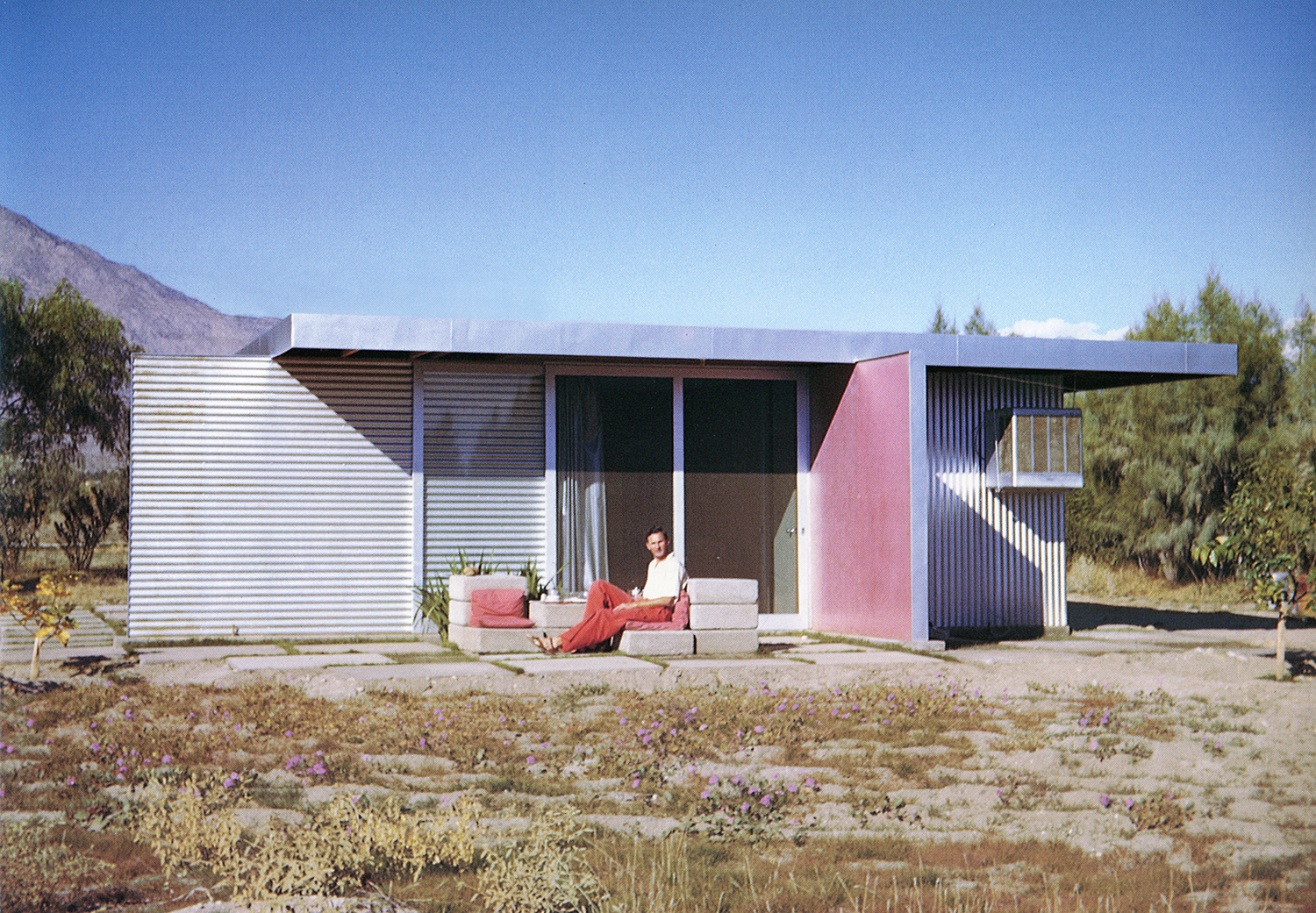 Take a deep dive into The Palm Springs School ahead of the region’s Modernism Week
Take a deep dive into The Palm Springs School ahead of the region’s Modernism WeekNew book ‘The Palm Springs School: Desert Modernism 1934-1975’ is the ultimate guide to exploring the midcentury gems of California, during Palm Springs Modernism Week 2025 and beyond